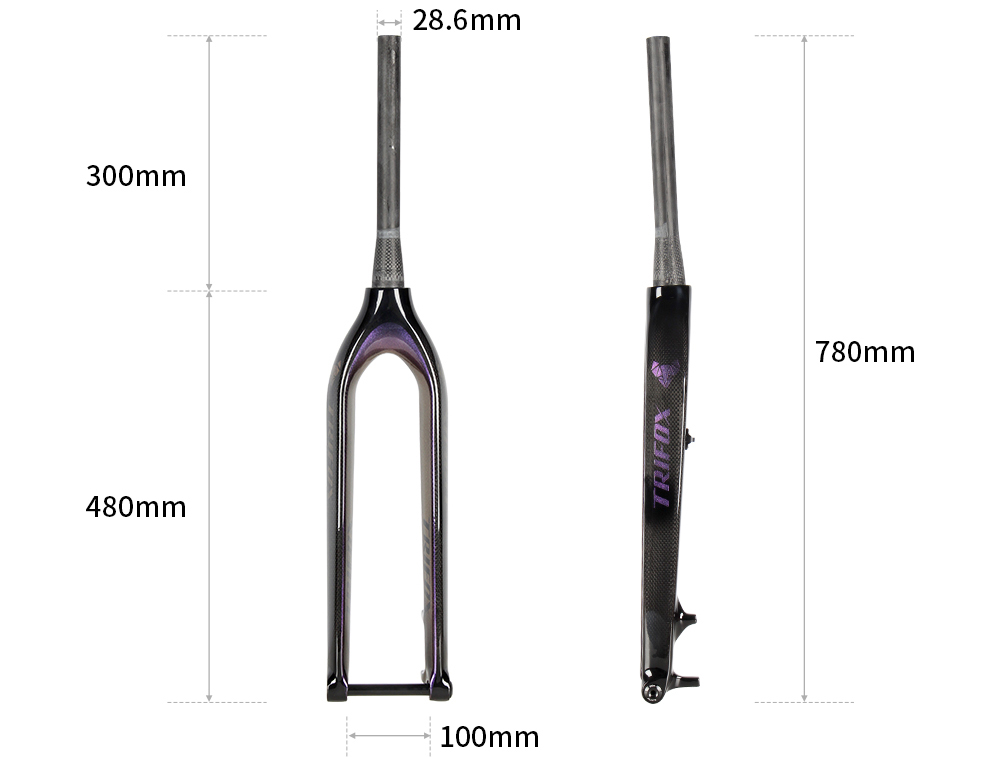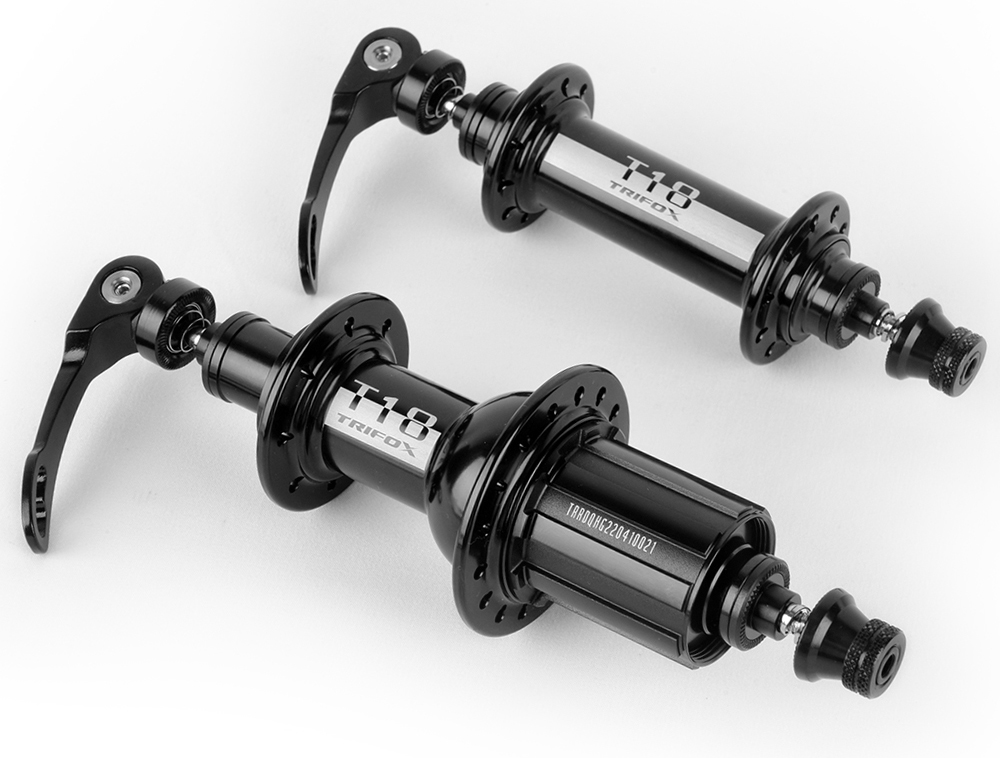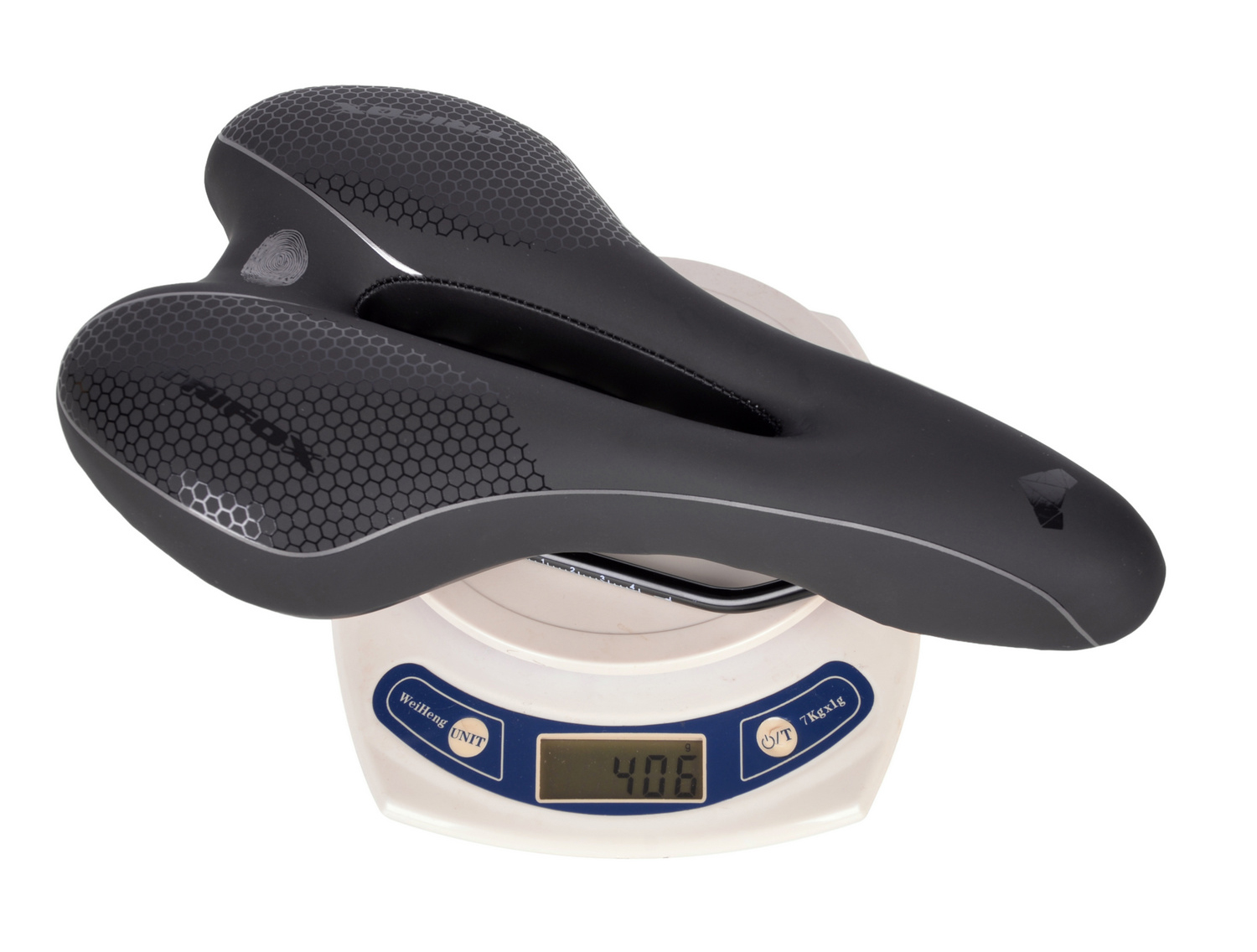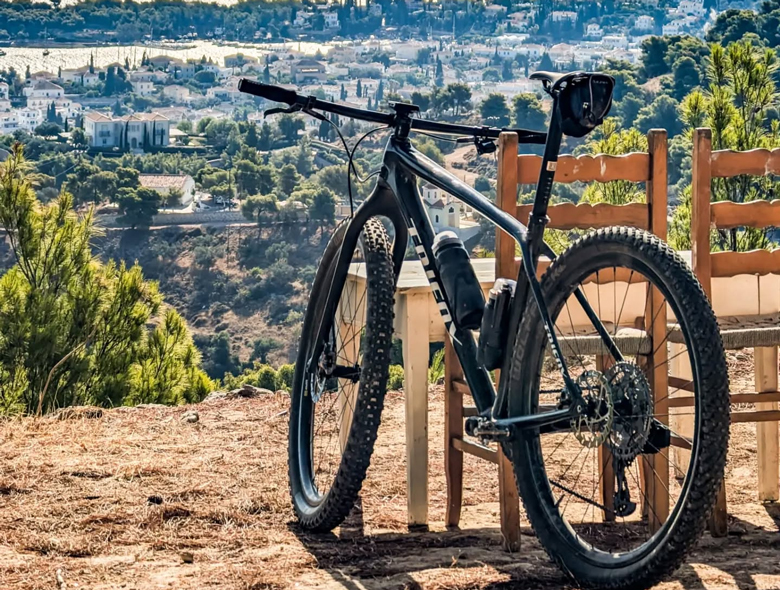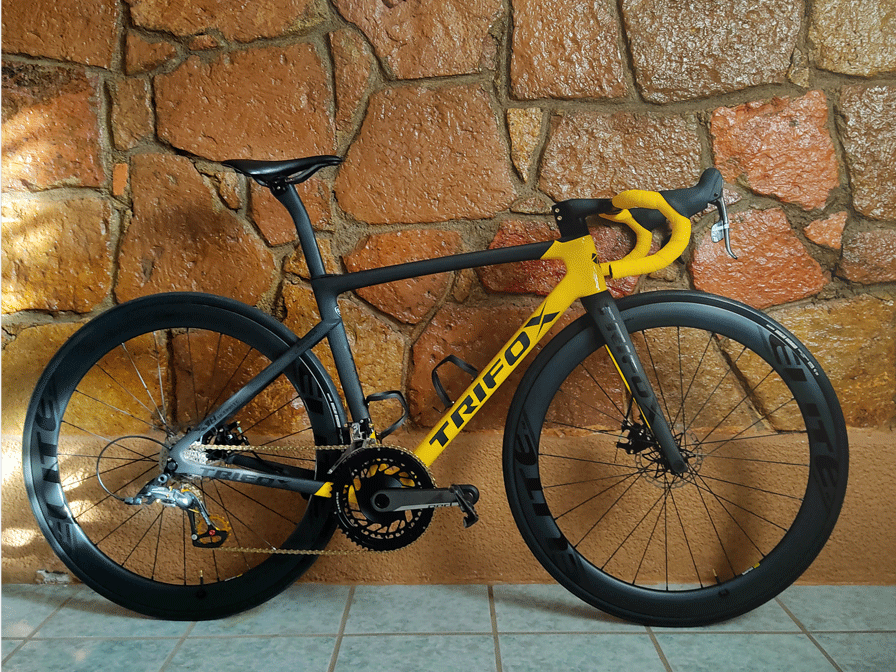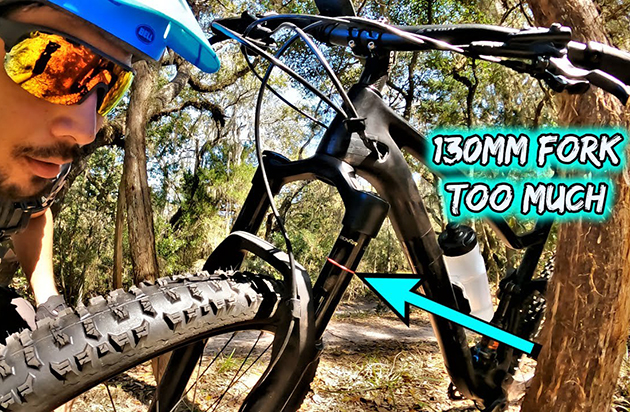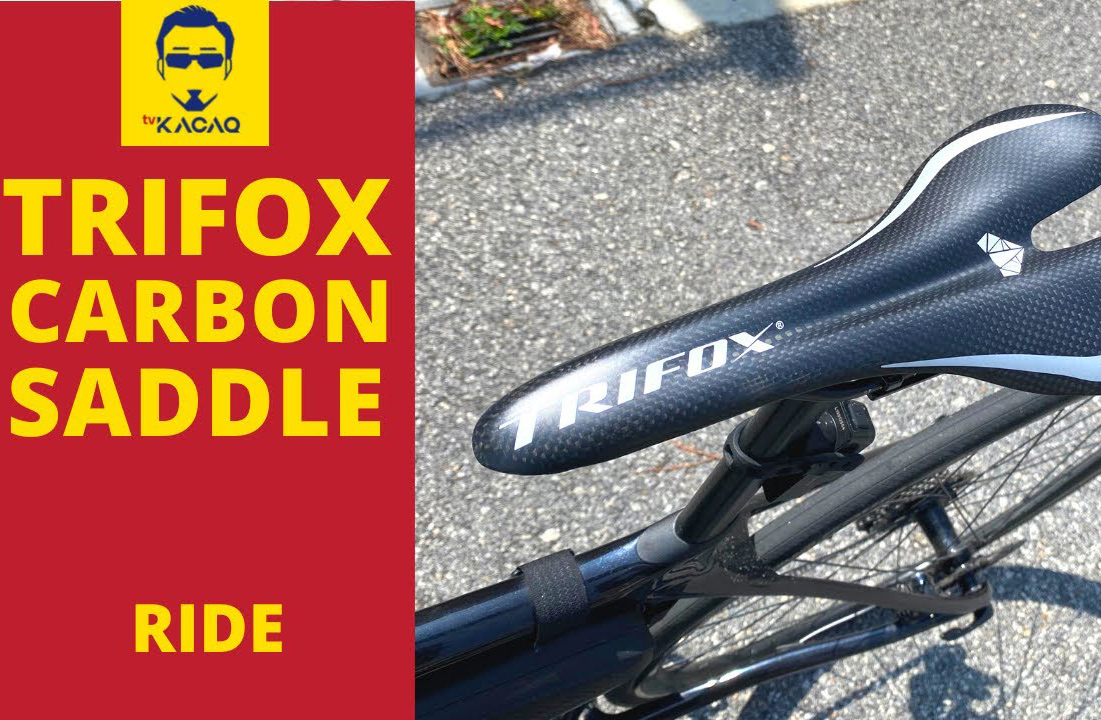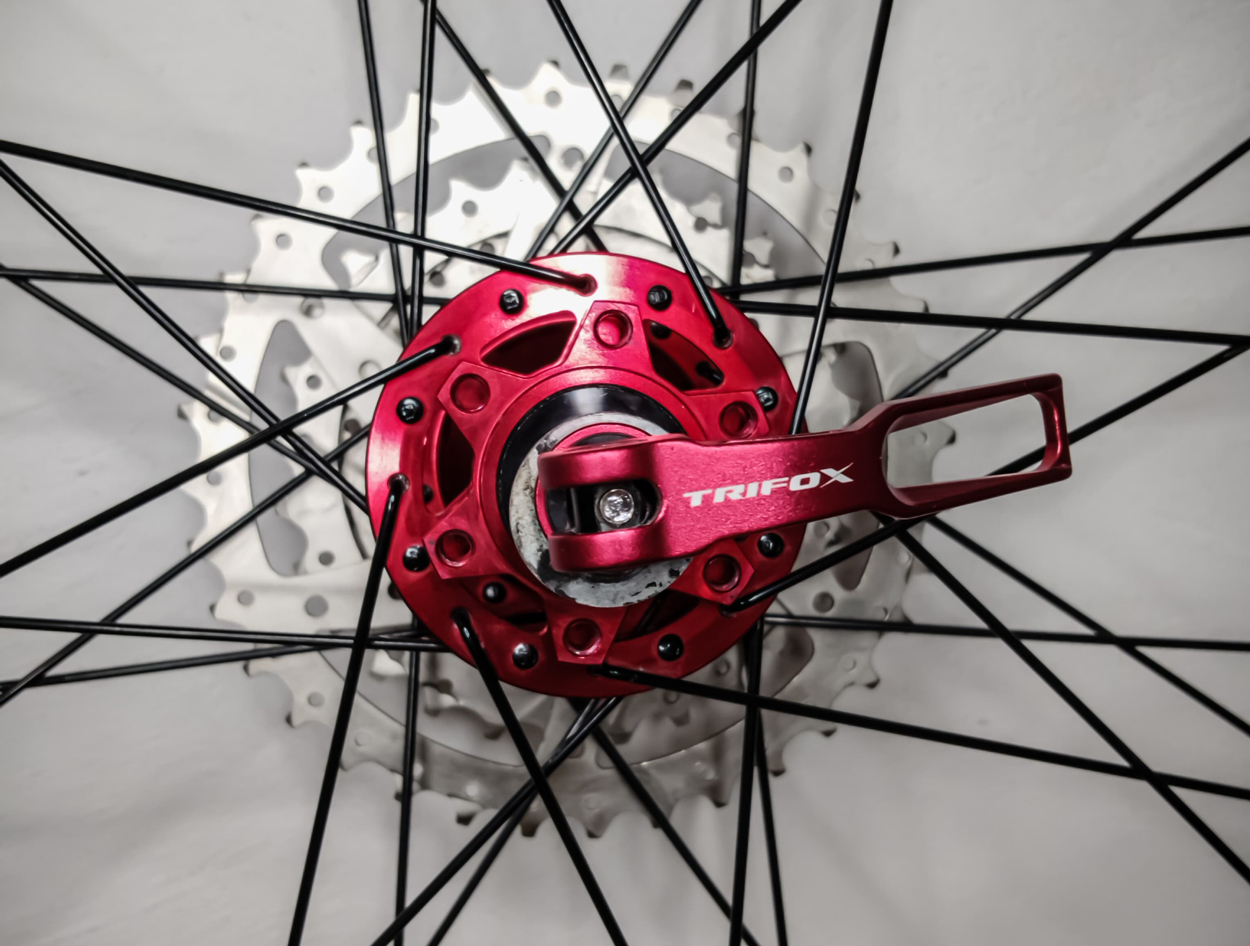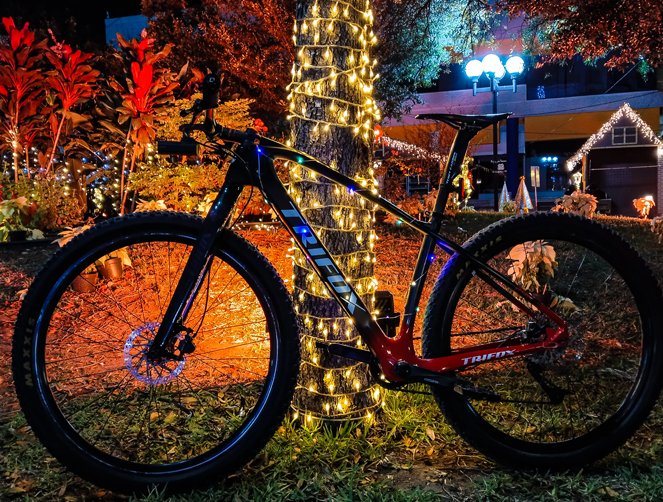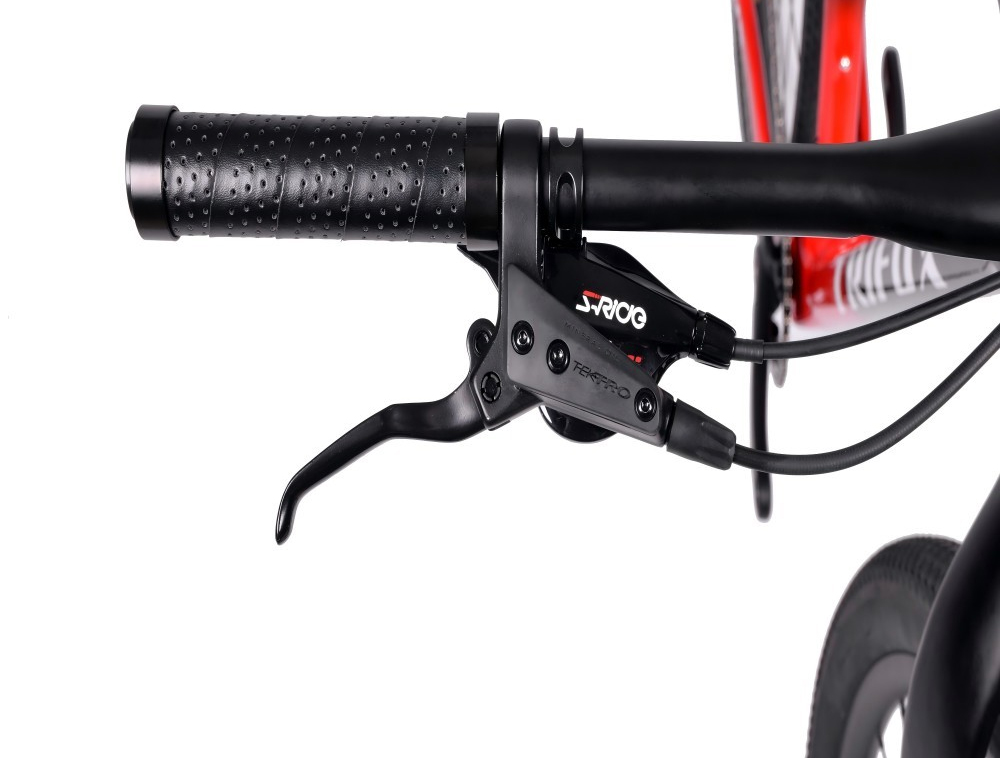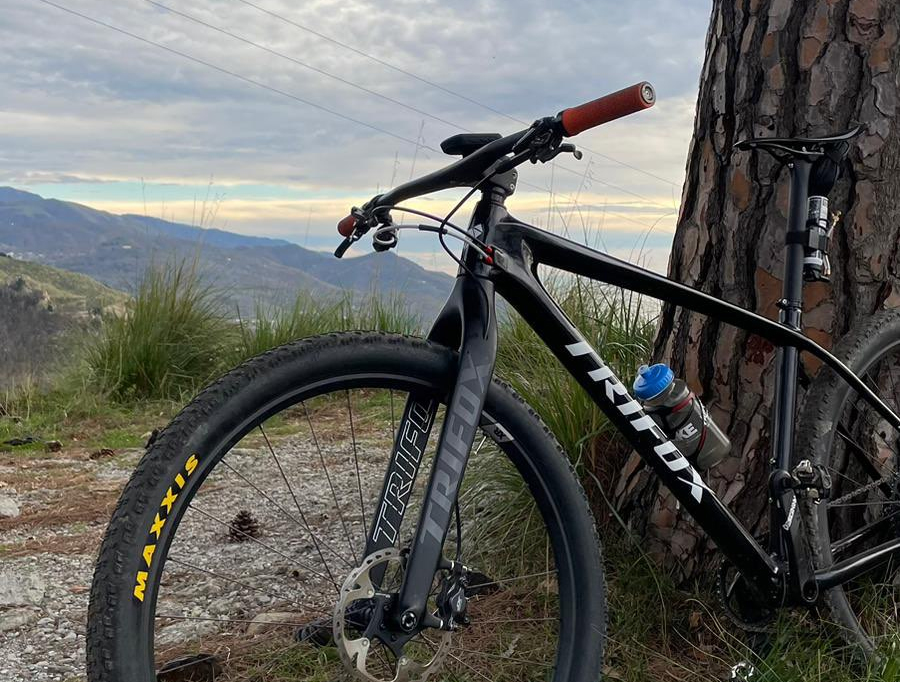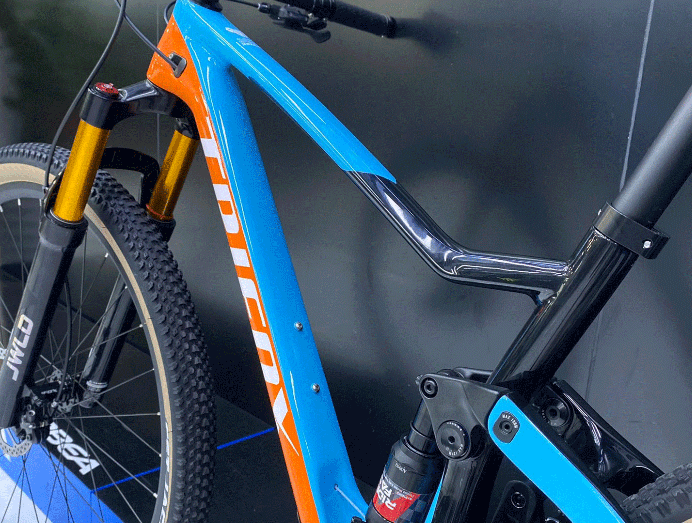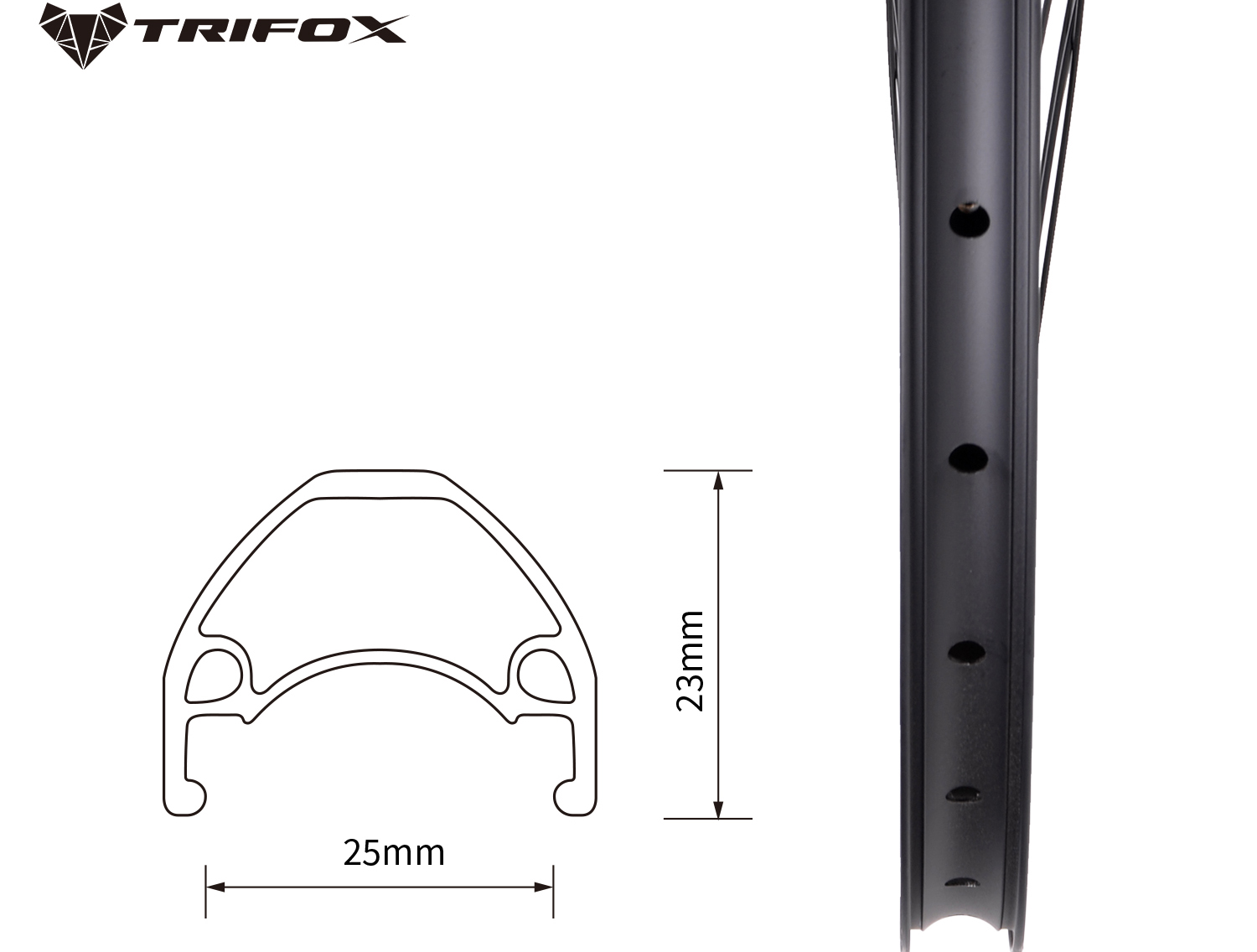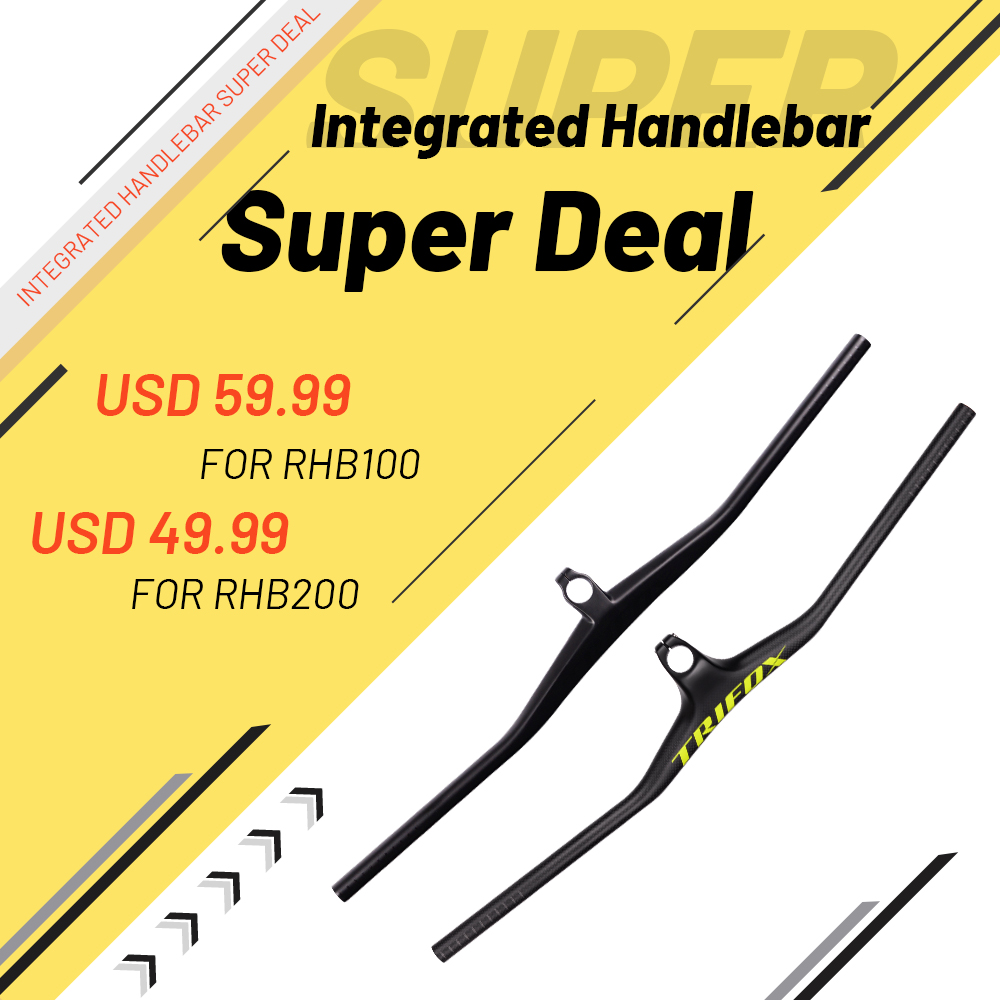Upgrading your bike’s fork can transform its handling, weight, and performance. But before swapping parts, it’s crucial to know: not every fork fits every bike. Compatibility hinges on specific standards, and ignoring them can lead to costly mistakes. Let’s break down what matters—and how rigid forks like Trifoxbike’s Carbon Rigid Forks fit into the equation.
Key Factors in Fork Compatibility
1. Axle Standards:
Forks are designed for specific axle types (e.g., QR, thru-axle). A 15x100mm thru-axle fork won’t fit a QR hub without adapters—if at all.
2. Steerer Tube Diameter & Length:
Most road bikes use 1⅛” steerers, while MTBs may use tapered (1.5” to 1⅛”). Measure your headset’s specs before buying.
3. Brake Compatibility:
Disc brake forks require mounts (Post Mount or IS); rim brake forks need caliper bosses. Mixing systems rarely works.
4. Wheel Size:
A 29” MTB fork won’t suit a 27.5” wheel, and road forks are built for 700c. Always match the fork to your wheel diameter.
5. Suspension vs. Rigid:
Suspension forks add complexity (travel, crown height). Rigid forks, like Trifoxbike’s carbon options, simplify compatibility but demand precise geometry.
Why Rigid Forks Are a Safe(ish) Bet
Rigid forks eliminate suspension-related variables, making them easier to fit—if axle, steerer, and brake standards align. For example, Trifoxbike’s Carbon Rigid Forks come in multiple configurations (QR/thru-axle, disc/rim brake) to suit gravel, MTB, or hybrid builds. Their lightweight carbon design also reduces weight while maintaining stiffness, ideal for riders prioritizing efficiency over suspension.
When to Consider a Rigid Fork
- Weight Savings: Carbon rigid forks can cut 1–2 lbs vs. suspension.
- Simplified Maintenance: No seals or stanchions to service.
- Compatibility Control: Easier to match axle/brake standards.
The Exceptions
Even rigid forks aren't universal. A cyclocross fork might lack clearance for MTB tires, and a road fork’s rake (offset) could destabilize a gravel bike. Always cross-check:
- Tire Clearance: Does the fork fit your tire width?
- Rake/Offset: Affects handling; match your bike's original specs.
Final Tips
1. Measure twice: Confirm steerer diameter, axle type, and brake mounts.
2. Prioritize purpose: Use MTB forks for MTBs, road forks for road bikes.
3. Check geometry: A fork's axle-to-crown length impacts ride height and steering.

The Bottom Line
While no fork fits every bike, rigid options like Trifoxbike’s carbon models simplify compatibility with versatile standards. Pair them with precise measurements, and you’ll unlock a lighter, nimbler ride—without the headache of mismatched parts.




























































